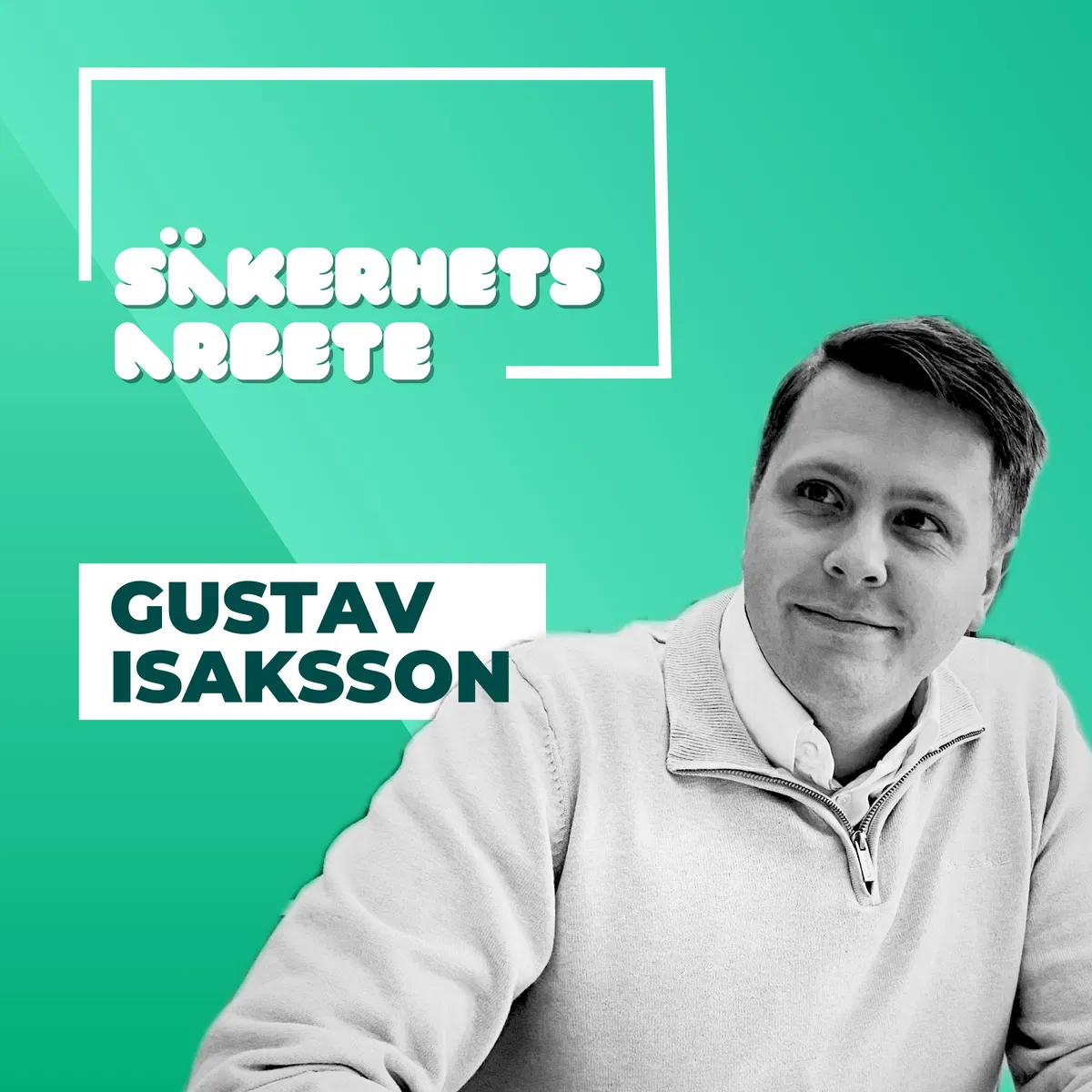
Expert interview:
Matthias Bauhofer on AI as a Pair Programmer: Opportunities, Pitfalls, and the Road Ahead
Generative AI is rapidly transforming the daily life of developers. But what does it mean in practice? We spoke with Matthias Bauhofer, Tech Lead at HiQ, who runs internal trainings on AI tools such as GitHub Copilot and Cursor. He shares insights on how these technologies can change the way we build software – and why prompt engineering may become a new core skill.
From autocomplete to code generation
“A few years ago, coding tools were mostly about smart autocompletions – like an advanced spellchecker. Now, you can write a prompt and get an entire class, a feature, or even a prototype of a full application. That changes how we need to think,” says Matthias.
For developers, this means not only new opportunities but also new ways of working.
“I’ve noticed myself that I don’t always build the same mental map of the code when AI generates large parts of it. That’s both a strength and a risk.”
Opportunities, but also frustration
Matthias points out that AI tools are not always time savers.
“There are moments when you get stuck. You keep reformulating the same prompt and still get the wrong result. Suddenly two hours are gone on something you could have written in thirty minutes.”
A key skill, he argues, is knowing when not to use AI.
“It’s easy to lose control if you let the tool do too much. Then you’re left with code you don’t fully understand and struggle to maintain.”
Prompt engineering, a new core skill
Much of Matthias’ training focuses on prompt engineering – the ability to craft clear and effective instructions for AI tools.
“The three most important elements of a good prompt are the role, the context, and the expected output. Do I want a test script? A refactoring? Or documentation written in the style of a senior technical writer with 15+ years of experience? The more specific you are, the better the results.”
He compares it to SEO for developers, a skillset that quickly grew into its own discipline, not least because in both cases you are optimizing for systems whose inner rules you can’t fully see.
AI as your new pair programmer
Looking ahead, Matthias often describes AI as a new form of pair programming, with an AI at the keyboard instead of a colleague.
“Already today, we see prototypes where multiple AI agents collaborate in parallel, like virtual developer colleagues. Your role becomes more about supervising, steering, and quality control. It may sound futuristic, but I believe we’ve only seen the beginning.”
At the same time, he emphasizes that faster doesn’t necessarily mean better. “Quicker – yes. Better? That remains to be seen.”
From prototype to reality
Matthias sees clear boundaries for AI: the tools excel at prototypes, refactoring, and documentation – but struggle with complex, unique problems.
“It’s like earlier frontend libraries. You can build something quickly that looks polished on the surface, but when it’s time to scale and maintain, you often have to rewrite it from scratch. The same applies here. Prototypes are prototypes – don’t mistake them for production-ready solutions.”
For HiQ, balancing curiosity and caution is key.
“We want to be early, to test, learn, and form our own perspective. But we also go in with open eyes. AI is statistics: tokens in, tokens out. It’s not human intelligence. That’s why we focus on what actually works in daily development.”
Conclusion: A new era, but the same craft
Matthias ends with a reflection that is both a warning and an encouragement:
“It’s easy to be dazzled by AI writing code for you. But at the core, development is still a craft. If you don’t understand your own code, maintaining quality becomes difficult. AI can be your best pair programmer – but like any collaboration, you need to learn how to work together to get the best results.”

Get in touch!
Get in touch!
Choose your nearest office, looking forward to hear from you!
Region Göteborg and Jönköping
Region Norrköping and Linköping
Region Malmö, Lund, Helsingborg and Karlskrona
Region Stockholm
Region Borlänge, Eskilstuna, Örebro and Västerås










